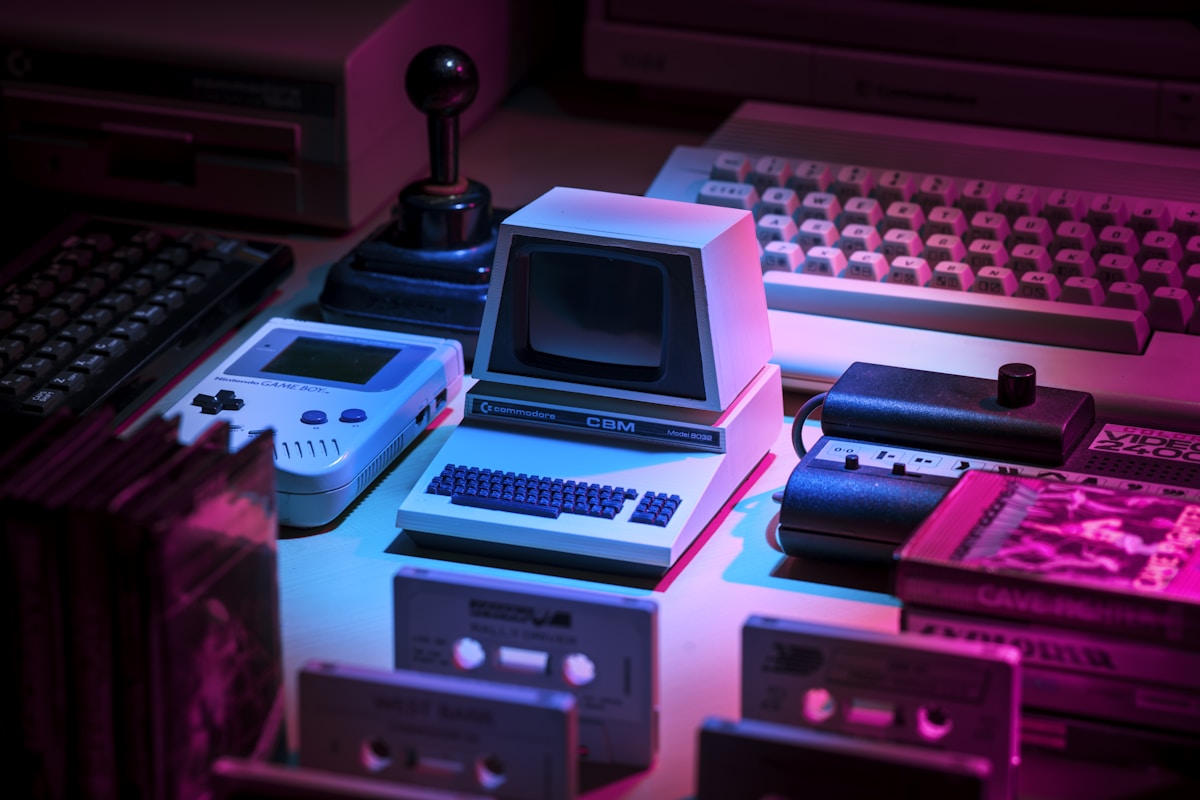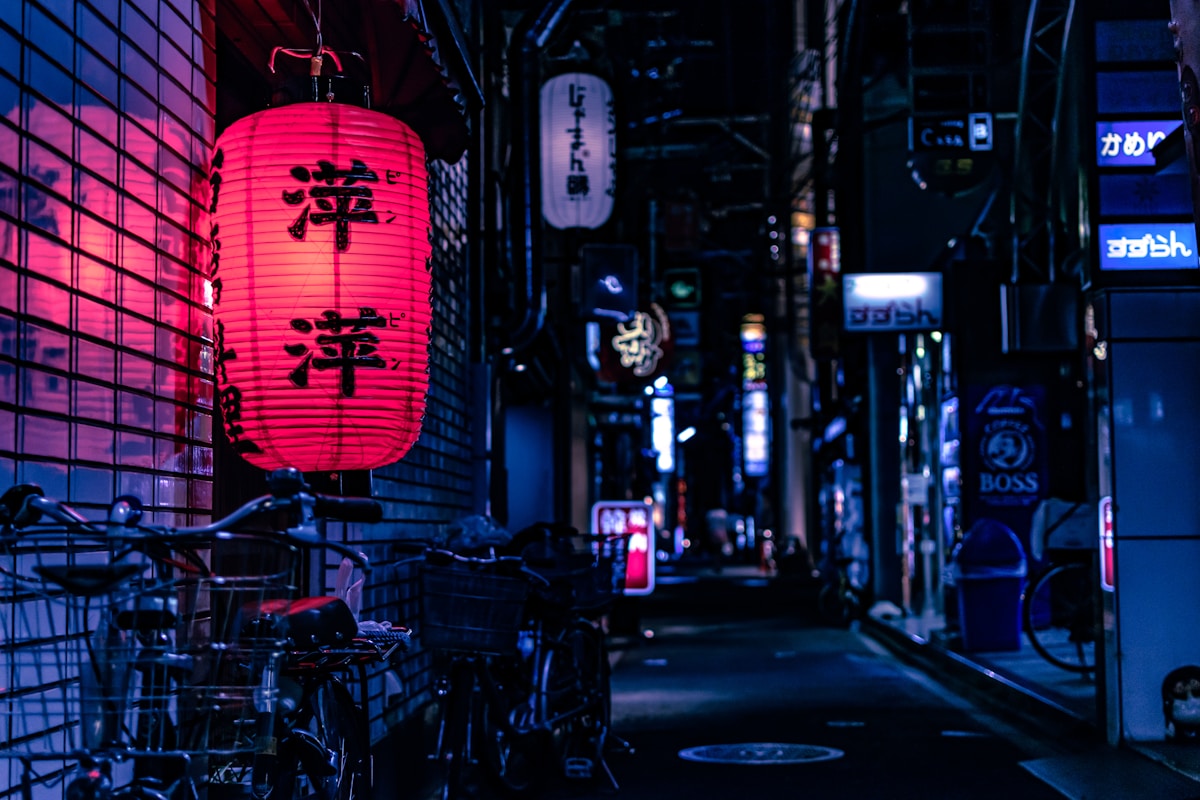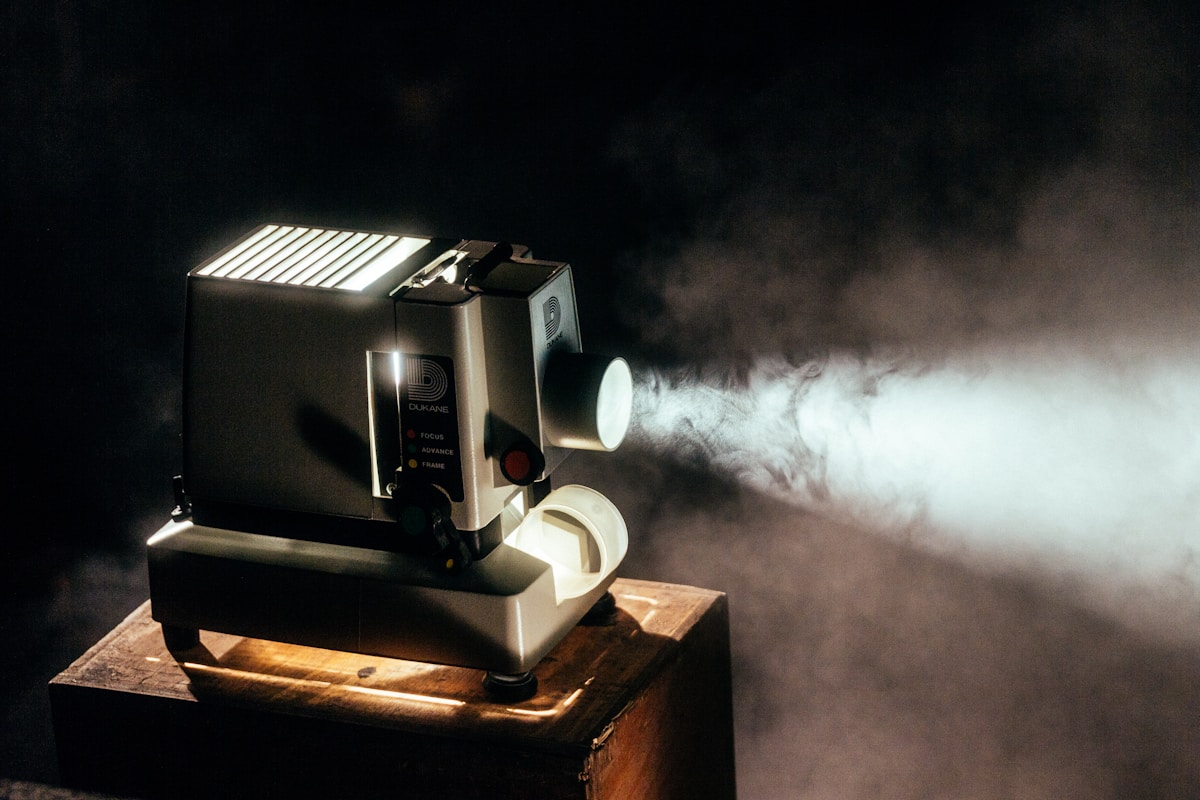Ghost of Yotei received a near-perfect 39 out of 40 from Famitsu, Japan’s most influential gaming magazine. Three reviewers awarded the PlayStation 5 exclusive a perfect 10/10, while one reviewer gave it 9/10. The score places Yotei among only 55 games in Famitsu’s history to achieve 39/40, though it falls just short of Ghost of Tsushima’s rare perfect 40/40 from 2020, when it became only the third Western game ever to earn that distinction.
How Famitsu Scoring Works
Famitsu’s review system combines scores from four separate reviewers, each rating games on a 10-point scale. The four scores are added together for a maximum possible total of 40. This structure means unanimous perfect scores are extraordinarily rare, requiring all four reviewers to independently rate a game 10/10. Only 30 games in Famitsu’s decades-long history have achieved that distinction, making Ghost of Tsushima’s 2020 perfect score a remarkable outlier for a Western-developed title.
The 39/40 rating puts Ghost of Yotei in elite company. The magazine is notoriously tough on Western games, with Japanese titles dominating the highest score brackets. For Sucker Punch to earn three perfect 10s and miss a fourth by just one point demonstrates exceptional quality that resonated with Famitsu’s traditionally critical reviewers. The one 9/10 prevents Yotei from matching its predecessor, but the overall score still represents overwhelming critical approval from Japan’s gaming establishment.
Falling Short of Tsushima’s Perfect Score
The comparison to Ghost of Tsushima’s 40/40 is inevitable and somewhat unfair to Yotei. When Tsushima achieved that perfect score in 2020, it became only the third non-Japanese game to earn the distinction, following The Elder Scrolls V: Skyrim and Grand Theft Auto V. That accomplishment validated Sucker Punch’s meticulous research into Japanese culture, samurai history, and period-appropriate aesthetics. Tsushima became a phenomenon in Japan specifically because it honored those cultural touchstones with remarkable authenticity.
Ghost of Yotei shifts the setting from 13th century Tsushima to 1603 Hokkaido (then called Ezo) and changes protagonists from Jin to Atsu, a female ronin pursuing revenge. Those changes represent deliberate creative evolution rather than safe sequel territory, but they also mean Yotei can’t rely on the same novelty factor that made Tsushima such a revelation. One Famitsu reviewer apparently felt the changes didn’t elevate the formula enough to warrant a perfect 10, resulting in the single 9/10 that prevented a back-to-back perfect score for the franchise.
What This Means for Japanese Sales
Famitsu scores directly influence purchasing decisions in Japan more than Western review aggregators like Metacritic or OpenCritic. A 39/40 signals to Japanese consumers that Ghost of Yotei maintains the quality they loved about Tsushima while offering enough fresh content to justify the purchase. Sony is banking on Yotei replicating Tsushima’s massive success in Japan, where the original sold exceptionally well and spawned tourism campaigns encouraging players to visit real-world Tsushima locations.
The score arrives at a crucial moment as Ghost of Yotei launched on October 1, 2025 exclusively for PlayStation 5. Early sales data will reveal whether the 39/40 Famitsu rating translates to commercial success matching Tsushima’s performance. Sony positioned Yotei as a major fall release alongside other first-party exclusives, betting that Sucker Punch’s proven formula combined with Japanese cultural authenticity will move PS5 hardware and software in a key market.
Critical Consensus Beyond Famitsu
Western reviews have been similarly positive, with Ghost of Yotei earning an 88 OpenCritic average from 95 percent of critics recommending it. IGN awarded the game a 9/10, praising the gorgeous landscapes, satisfying fluid action combat, and stronger lead character in Atsu compared to Jin. Polygon highlighted how the sequel yearns for life after violence, focusing on a protagonist unbound by samurai honor codes who fights with brutal pragmatism.
Common threads across reviews emphasize that Ghost of Yotei refines rather than revolutionizes the open-world samurai formula established in Tsushima. The expanded weapon set including kusarigama chains, odachi greatswords, pistols, and bombs gives Atsu more tactical options than Jin’s stance-switching system. The story follows a predictable revenge plot where Atsu hunts the Yotei Six, outlaw samurai who killed her family, but executes that familiar narrative with strong emotional beats and a fierier protagonist who adds personality the original lacked.
The Predictable Story Debate
Multiple reviews acknowledged Ghost of Yotei’s predictable narrative structure while defending why that doesn’t diminish its quality. IGN noted the revenge plot unfolds in expected fashion with targets conveniently escaping in cutscenes, yet argued the strong character moments and satisfying final confrontations make up for formulaic storytelling. The game excels at being an interactive samurai film where predictability serves genre expectations rather than representing creative failure.
Reddit discussions highlighted this tension, with one user stating daily reminder that just because a story is predictable does not mean it can’t be good, arguing that obsession with subverting expectations ruins logical coherence more often than enhancing it. Another countered that games not doing something new shouldn’t score better than 7/10, sparking debate about whether execution quality matters as much as innovation. The Famitsu score of 39/40 suggests Japanese reviewers valued Ghost of Yotei’s polished execution of samurai genre conventions over demands for narrative surprises.
Technical and Artistic Achievements
Beyond gameplay and story, Ghost of Yotei’s visual presentation earned universal praise. The shift from Tsushima’s golden pampas grass and autumn forests to Hokkaido’s snowy mountains, dense flower fields, and picturesque vistas gives the sequel its own distinct identity. Sucker Punch retained signature features like Kurosawa black-and-white mode and added new visual filters including Takashi Miike mode that dramatically increases gore, and Watanabe mode featuring lo-fi beats inspired by Samurai Champloo.
The game maintains Tsushima’s elegant approach to navigation, using wind gusts to guide players toward objectives instead of cluttering the screen with waypoints. Songs played on Atsu’s shamisen instrument replace Tsushima’s bird-following mechanic for finding collectibles and hot springs. These organic navigation systems preserve immersion while accommodating players who want to fully explore the open world without feeling overwhelmed by UI elements constantly demanding attention.
Reception Compared to Other Recent Sony Exclusives
Ghost of Yotei’s 39/40 Famitsu score places it near the top of recent PlayStation exclusive releases. For comparison, Horizon Forbidden West received 38/40, God of War Ragnarök earned 39/40, and Spider-Man 2 got 37/40. Death Stranding 2, which launched just weeks before Yotei, is currently beating it in PlayStation Store user ratings with 4.92 out of 5 stars compared to Yotei’s 4.88 based on over 13,000 reviews. That suggests while critics adored Ghost of Yotei, player reception sits slightly below Kojima’s divisive but passionate fanbase.
The score also positions Ghost of Yotei competitively against multiplatform releases in the same fall 2025 window. Borderlands 4 received 33/40 from Famitsu the same week, while Sonic Racing CrossWorlds also scored 33/40. Those comparisons reinforce Ghost of Yotei’s status as one of fall’s strongest exclusive releases, though the lack of a perfect 40/40 leaves room for questioning whether Sucker Punch delivered enough evolution from the original formula to justify the highest possible praise.
Frequently Asked Questions
What score did Ghost of Yotei get from Famitsu?
Ghost of Yotei received 39 out of 40 from Famitsu. Three reviewers gave it 10/10 while one reviewer scored it 9/10, combining for the near-perfect total.
Did Ghost of Yotei get a perfect Famitsu score like Tsushima?
No. Ghost of Tsushima received a perfect 40/40 from Famitsu in 2020, becoming only the third Western game ever to achieve that score. Ghost of Yotei’s 39/40 falls just short of matching its predecessor.
How many games have gotten 39/40 from Famitsu?
Only 55 games in Famitsu’s history have achieved a 39/40 score. Perfect 40/40 scores are even rarer with only 30 games ever earning that distinction from the Japanese gaming magazine.
What is Ghost of Yotei’s Metacritic score?
Ghost of Yotei currently holds an 88 average on OpenCritic with 95 percent of critics recommending it. Western reviews have been similarly positive to Famitsu’s Japanese assessment.
When did Ghost of Yotei release?
Ghost of Yotei launched exclusively for PlayStation 5 on October 1, 2025. It’s a direct sequel to Ghost of Tsushima set 400 years later in 1603 Hokkaido.
What did reviewers say about Ghost of Yotei?
Critics praised the gorgeous visuals, satisfying combat with expanded weapon options, and stronger protagonist in Atsu. Common criticism focused on the predictable revenge plot, though most reviewers argued strong execution elevated familiar narrative beats.
Is Ghost of Yotei better than Ghost of Tsushima?
Reviews suggest Ghost of Yotei refines and expands on Tsushima’s formula rather than revolutionizing it. It offers a fierier protagonist, more weapon variety, and distinct Hokkaido setting, but doesn’t radically transform the open-world samurai experience.
Conclusion
Ghost of Yotei’s 39/40 Famitsu score cements Sucker Punch’s status as one of the few Western developers capable of earning elite Japanese critical approval. While falling one point short of Tsushima’s historic perfect rating, the near-unanimous praise from Famitsu reviewers signals that Yotei successfully builds on its predecessor’s strengths with enough fresh elements to justify the sequel. The score should help drive sales in Japan where Famitsu ratings carry significant weight, positioning Ghost of Yotei as one of PlayStation 5’s strongest exclusive releases in fall 2025. Whether it matches Tsushima’s cultural phenomenon status remains to be seen, but the critical foundation is absolutely there.


